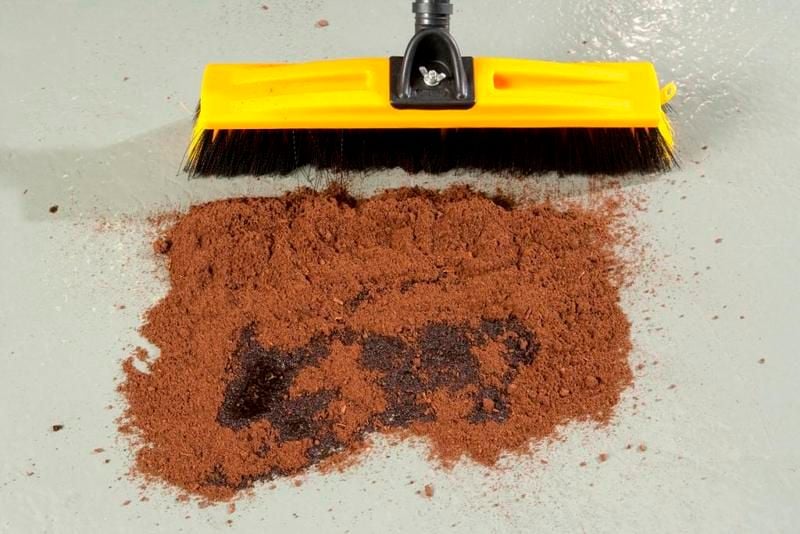3 Misconceptions about Granular Absorbents
)
When selling granular absorbents, we often come across come interesting misconceptions, a few which have been addressed below:
"We use heaps of it so I buy the cheapest product"
The simple fact is that the cheapest product is not always the cheapest in the long run.
There are many granular absorbents in the marketplace, and there are huge variations in absorbent capacities between these products.
You will find many of the cheap absorbents on the market are clay based products. Our equivalent mineral absorbent (SpillBoss P95) is made from fossilised sea sponge. A large user has reported that the P95 absorbent will absorb up to five times as much the regular clay based granules they had been using.
Our product is packed in 15kg bags to comply with OH&S requirements, whereas the main clay based product sold in Australia is supplied in 20kg bags.
By using our SpillBoss P95 granular absorbent rather than cheap clay based absorbents, you will find that reduced product usage due to superior absorbency very quickly more than covers any cost difference on a price per bag basis.
"They call it a 50L bag of absorbent which means it must absorb 50L"
This is very unlikely. Absorbency rates are dependent on many factors including the type of liquid that has spilt, the temperature and viscosity of the liquid that has spilt, and even the type of absorbent you are using to absorb the spill.
There are many claims made on absorbency rates some are ridiculous! Often there is no way a kit will absorb the advertised volume unless the absorbents are wrung out and reused, and even then it is next to impossible. Sometimes even the capacity of the container the kit is supplied in (e.g. a 240 litre wheelie bin) is included in the calculations!
"I only need one product; one product will absorb everything I might spill"
There are numerous absorbents in the marketplace with many various applications: different absorbents will absorb different products, and some will absorb different liquids better than others.
A coir or peat moss absorbent is ideal for oils, but absolutely useless for absorbing water! And there is no point in using an oil-only granular absorbent on a water based liquid as the product repels water. And when dealing with chemicals, it is important that you neutralise the spill before you absorb it to prevent a chemical reaction. So it is important to make sure you have the right absorbent for the liquids you handle.
For more information on what product you should be using in your spill response emergencies, contact one of our sales staff who are more than willing to help!
This blog post is intended as a guide only, and should not be relied upon as professional and/or legal advice. Argyle Commercial will not be held liable for any damages or losses caused by using information provided in this post as a basis for any decision where any such damages or losses may result.
| Tags:Product InformationChemical SpillsIndustry NewsOil SpillsAbsorbents |
Post comment

